Get the latest international news and world events from around the world.

Cancer Drug Delays Cellular Senescence
Researchers have discovered that the powerhouses of our cells, the mitochondria, also play a role in triggering cells to enter senescence, a dormant state in which cells cease to divide and begin to shut down, ready to die.
Mitochondria trigger cytoplasmic chromatin and inflammation
The new study shows that the mitochondria in each cell communicate with its nucleus, causing it to shut down and enter a senescent state [1]. Dr. Peter Adams, one of the study’s researchers, has spent over a decade investigating how chromatin clusters, a mixture of DNA and proteins typically encountered in the cell nucleus, actually leak out of the nucleus and into the cytoplasm in senescent cells. This leaking then triggers a cascade of inflammatory signals, which are linked to the onset of various age-related diseases.
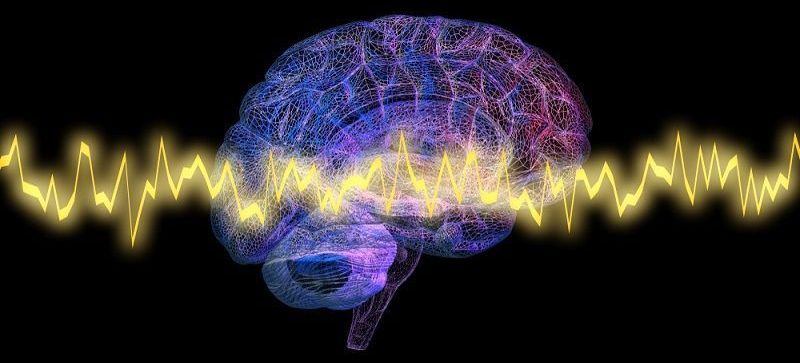

I Was Diagnosed with Stage III Lung Cancer. Here’s What I Want Everyone to Know
I get emotional talking about my lung cancer. When I was first diagnosed and learned how serious it was, I thought it was a death sentence. And it all started with something so small: a cyst under my armpit.
My husband and I usually go to all of our routine doctor’s visits together. At one of my husband’s appointments, I happened to mention the cyst, since it had been bothering me. I was hoping the doctor could help, but he said it was too big to take care of in the office, and made me an appointment with a surgeon.
At the time, the cyst removal didn’t seem like a big deal, and I didn’t think much of it. I was 72 years old, and I didn’t feel sick in any way. As part of the routine procedure prep, my surgeon ordered a chest X-ray. We were all surprised when the imaging showed that I had a cancerous tumor in my right lung that needed to be surgically removed. Initially, my surgeon told me it was Stage I, small, and not serious, so I wasn’t too concerned.
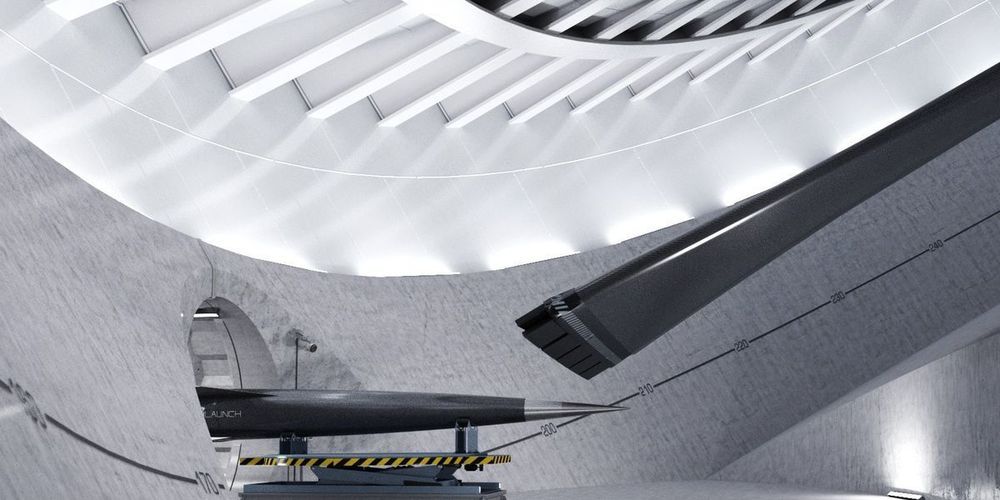
This Company Built a Gigantic Centrifuge to Fling Rockets Into Space
In some biology classes, teachers will place vials of spit into a funny looking contraption and let it spin around the samples until the stringy DNA separates from the rest of the saliva. It’s a pretty rudimentary experiment, but it quickly gets to the heart of not only your own genetic material, but also how centrifugal force works: Spinning really fast in a circle creates a force strong enough to push a moving object out and away from the center of its path.
But what happens when that moving object is a rocket that weighs thousands of pounds? We might find out as soon as this year, when a cryptic startup called SpinLaunch starts suborbital test flights of a rocket that is launched using an enormous centrifuge.
Here’s the gist: A centrifuge the size of a football field will spin a rocket around in circles for about an hour until its speed eventually exceeds 5,000 miles per hour. At that point, the rocket and its payload will feel forces 10,000 times stronger than gravity. When the centrifuge finally releases the rocket at launch speed, it should, practically speaking, fly through the stratosphere until it fires its engines at the periphery of our atmosphere.
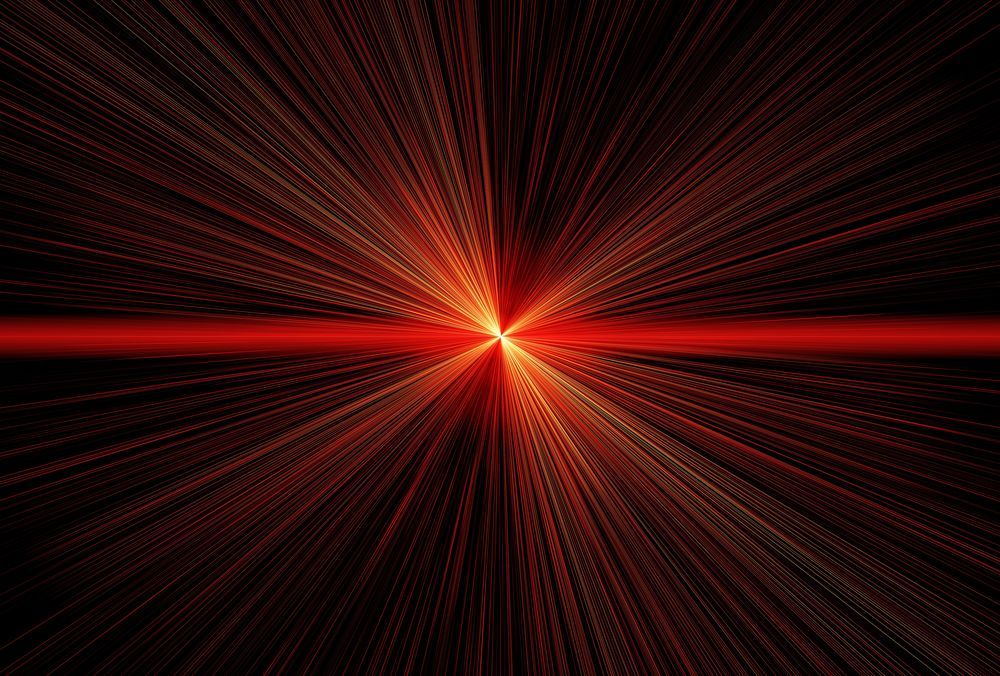
Radical hydrogen-boron reactor leapfrogs current nuclear fusion tech
“We are sidestepping all of the scientific challenges that have held fusion energy back for more than half a century,” says the director of an Australian company that claims its hydrogen-boron fusion technology is already working a billion times better than expected.
HB11 Energy is a spin-out company that originated at the University of New South Wales, and it announced today a swag of patents through Japan, China and the USA protecting its unique approach to fusion energy generation.
Fusion, of course, is the long-awaited clean, safe theoretical solution to humanity’s energy needs. It’s how the Sun itself makes the vast amounts of energy that have powered life on our planet up until now. Where nuclear fission – the splitting of atoms to release energy – has proven incredibly powerful but insanely destructive when things go wrong, fusion promises reliable, safe, low cost, green energy generation with no chance of radioactive meltdown.
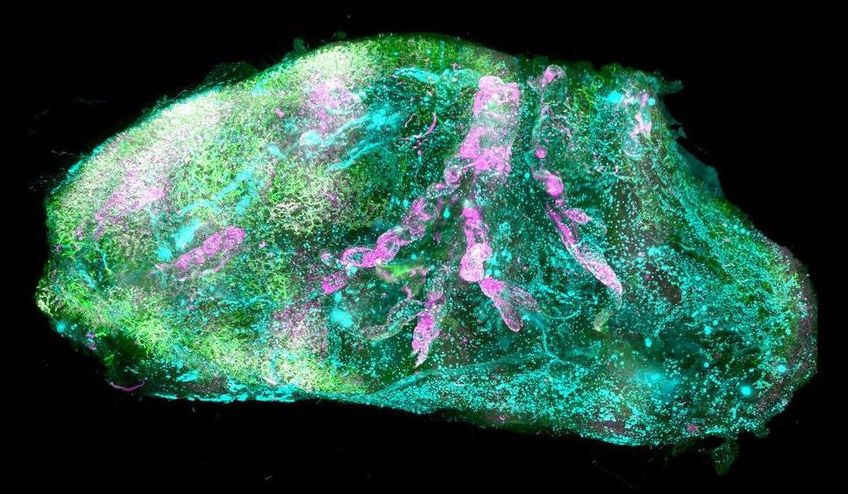
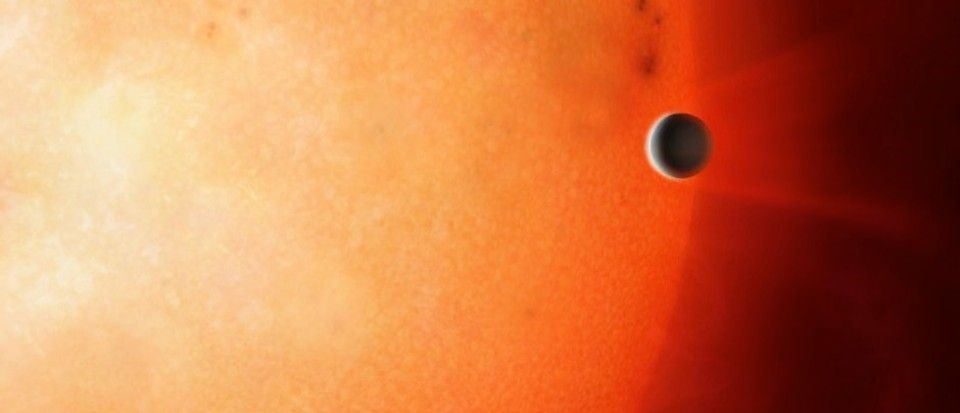
Jupiter-like exoplanet orbits its star in only 18 hours
Astronomers have observed an exoplanet orbiting a star in just over 18 hours – the shortest orbital period ever seen for a planet of its type.
This means that a single year for this hot Jupiter-like planet – a gas giant similar in size and composition to Jupiter in our own Solar System – passes in less than a day of Earth time.
Scientists believe the discovery may help solve the mystery of whether such planets are in the process of spiralling towards their suns to their destruction.
